Archives
- 2025-10
- 2025-09
- 2025-03
- 2025-02
- 2025-01
- 2024-12
- 2024-11
- 2024-10
- 2024-09
- 2024-08
- 2024-07
- 2024-06
- 2024-05
- 2024-04
- 2024-03
- 2024-02
- 2024-01
- 2023-12
- 2023-11
- 2023-10
- 2023-09
- 2023-08
- 2023-07
- 2023-06
- 2023-05
- 2023-04
- 2023-03
- 2023-02
- 2023-01
- 2022-12
- 2022-11
- 2022-10
- 2022-09
- 2022-08
- 2022-07
- 2022-06
- 2022-05
- 2022-04
- 2022-03
- 2022-02
- 2022-01
- 2021-12
- 2021-11
- 2021-10
- 2021-09
- 2021-08
- 2021-07
- 2021-06
- 2021-05
- 2021-04
- 2021-03
- 2021-02
- 2021-01
- 2020-12
- 2020-11
- 2020-10
- 2020-09
- 2020-08
- 2020-07
- 2020-06
- 2020-05
- 2020-04
- 2020-03
- 2020-02
- 2020-01
- 2019-12
- 2019-11
- 2019-10
- 2019-09
- 2019-08
- 2019-07
- 2019-06
- 2019-05
- 2019-04
- 2018-07
-
The structural analysis of the ASK activation
2023-08-17

The structural analysis of the ASK1 activation segment, which was not phosphorylated in the crystal structure, showed interactions mimicking those found in activated kinases. In addition, the isolated unphosphorylated ASK1-CD is active and able to autophosphorylate itself at three sites, Thr813, Thr
-
NGB 2904 br Conclusions br Acknowledgements We would like to
2023-08-17

Conclusions Acknowledgements We would like to thank the members of the Bergmann lab for fruitful discussions in the course of this work. This work was supported by the National Institute of General Medical Sciences (NIGMS) under award number R35 GM118330. The content is solely the responsibili
-
br Methods and materials br Results br
2023-08-17
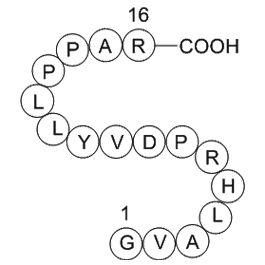
Methods and materials Results Discussion GPCR regulation in response to agonist stimulation is common to nearly all GPCRs and is essential in physiological systems to limit persistent signalling. In this study we have investigated the [Pyr1]apelin-13-induced trafficking and desensitization
-
Second the phosphorylation events e
2023-08-16
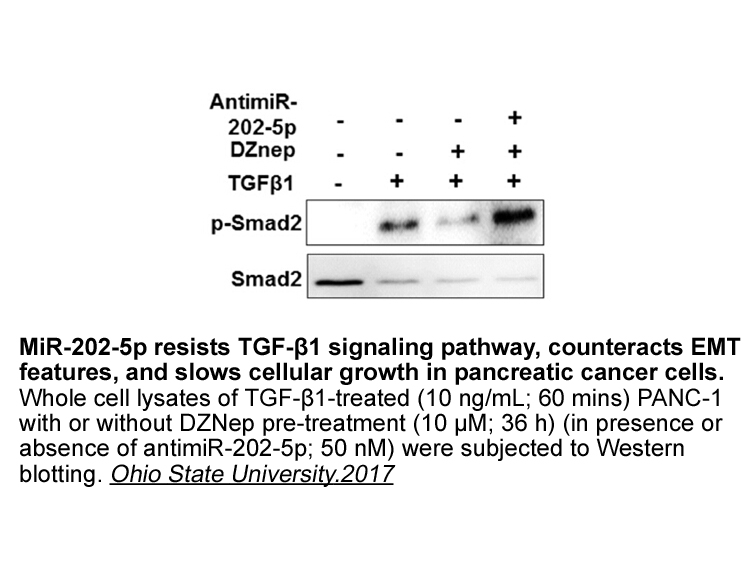
Second, the phosphorylation events (e.g., α-Thr172 and β-Ser108) needed for AMPK activation by small molecules binding at the ADaM or other sites remains unclear. Within the β-GBD, phosphorylation of β1-Ser108 was shown to be required for the activation by small molecules binding in the ADaM site, s
-
The functional significance of the cap residues with
2023-08-16
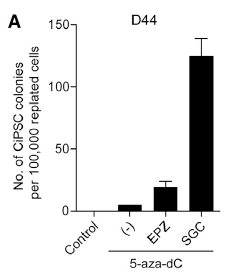
The functional significance of the cap residues with regard to the established role of PfA-M1 in hemoglobin catabolism in the food vacuole is a key question that is difficult to address with in vitro studies. We note that three of the dipeptide substrates used in our study are found in the sequences
-
LAP locations in the parasite tissues would provide
2023-08-16
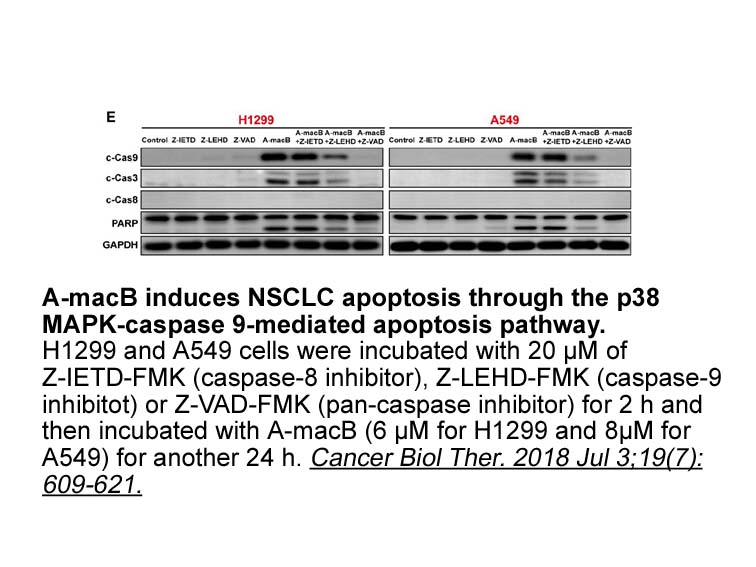
LAP locations in the parasite tissues would provide clues for the potential physiological roles of it inside the parasite body. To date, tissue localization of LAPs has been carried out in many helminth parasites; however, information regarding LAPs in tapeworm is scarce. It was shown that LAPs were
-
Further validation for a role
2023-08-16

Further validation for a role in 12/15-LOX pathway in mediating adipocyte function comes from studies revealing a regulatory role of lipocalin-2 on 12/15-LOX activity. Lipocalin-2, a glycoprotein member of the lipocalin superfamily, is a novel abundant adipokine implicated in obesity-mediated inflam
-
Within the PARP family TIPARP is most evolutionarily
2023-08-16
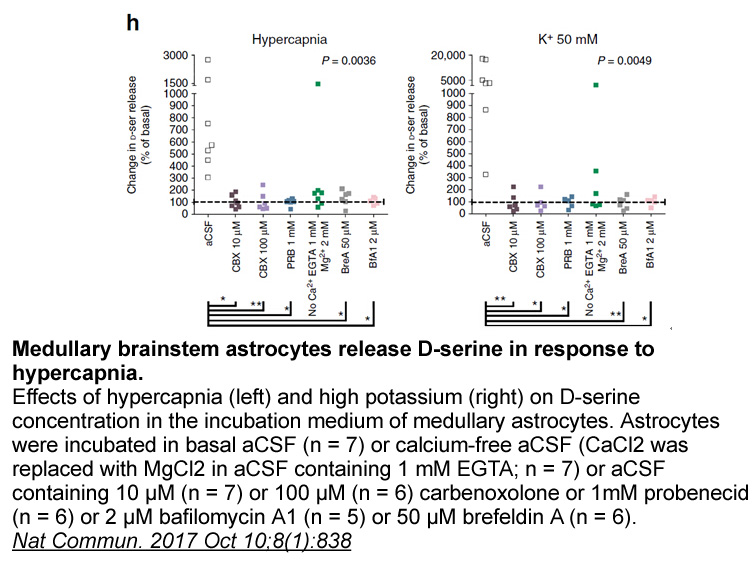
Within the PARP family, TIPARP is most evolutionarily conserved with PARP12 (ARTD12) and PARP13 (ARTD13) [27,28,41]. All three proteins contain at least one RNA-type CCCH zinc finger domain, a poly-ADP-ribose binding WWE domain and a PARP catalytic domain (Fig. 1). PARP13 is catalytically inactive,
-
Pioneering studies on the immunomodulatory role
2023-08-16
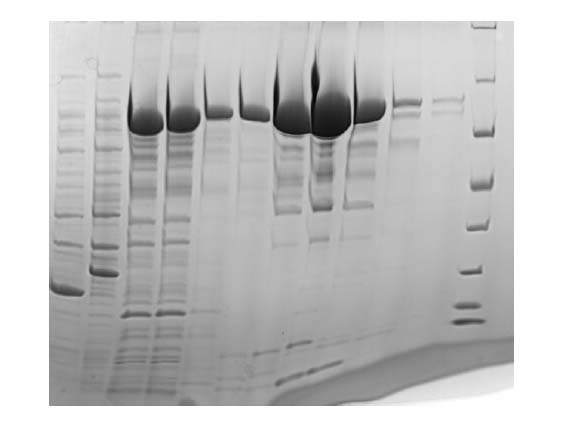
Pioneering studies on the immunomodulatory role of adenosine date back to the early ‘70 s of last century (Fig. 1), when the critical role of this nucleoside in shaping the development and the activity of several immune cell populations was first established [[18], [19], [20], [21], [22]]. This then
-
Does dietary caffeine interfere with antinociception by othe
2023-08-16
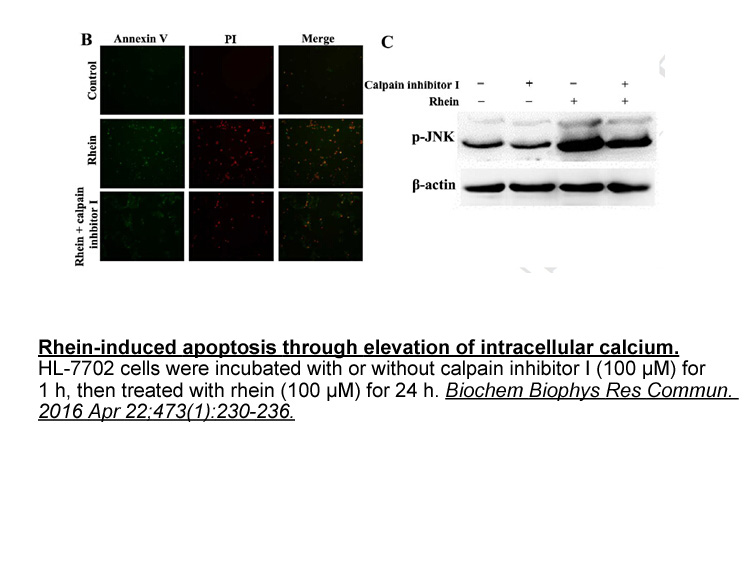
(8) Does dietary caffeine interfere with antinociception by other modalities that alter pain (TENS, exercise, joint mobilization, water immersion therapy)? Caffeine and/or A1R antagonists inhibit antinociception by each of these modalities in preclinical studies, such that there is potential for int
-
Streptomycetes are a group of filamentous Gram positive
2023-08-16
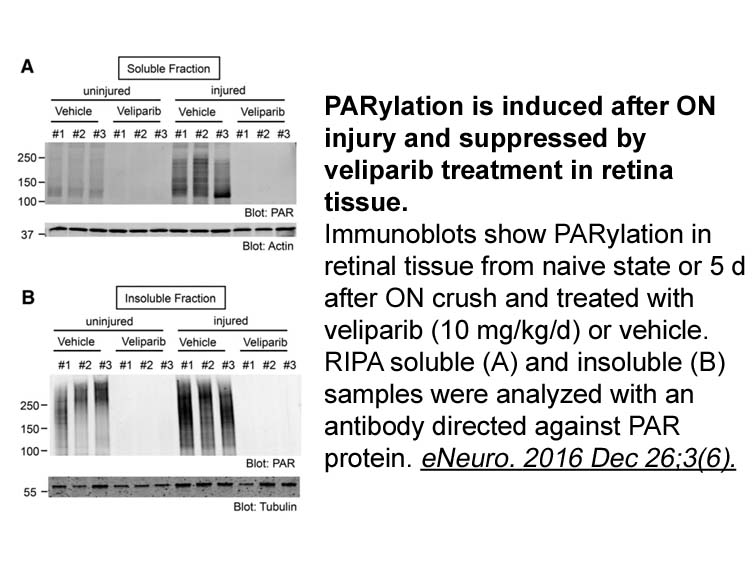
Streptomycetes are a group of filamentous Gram-positive, soil-inhabiting bacteria which have captured enormous screening interest because of their ability to produce and secrete a variety of 2-D08 and extracellular proteins [7]. Among the diverse antibiotics produced by Streptomycetes are the nucle
-
br ACK signaling partners ACK interacts with and tyrosine
2023-08-16
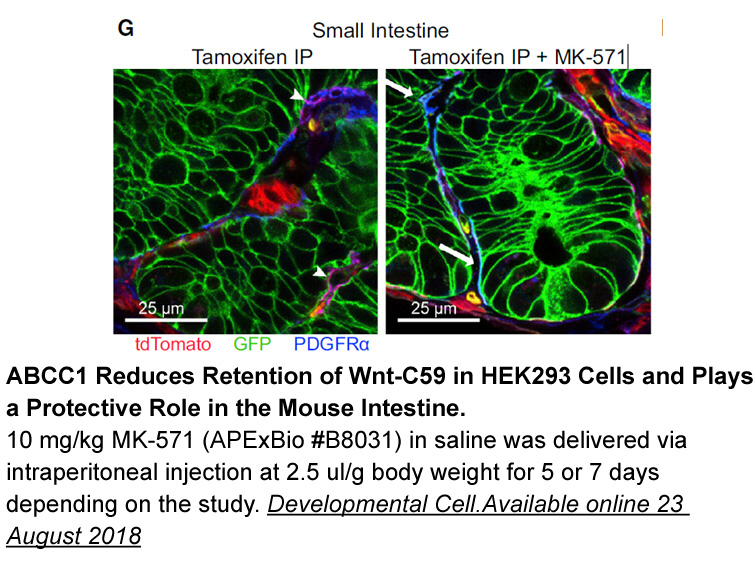
ACK1 signaling partners ACK1 interacts with and tyrosine phosphorylates many cellular proteins regulating critical cellular processes [11]. While ACK1 shares common intracellular effectors such as AKT with other signaling pathways, it imparts specificity to signaling by phosphorylating effectors
-
br Discussion One binding site MB Fig is located
2023-08-16
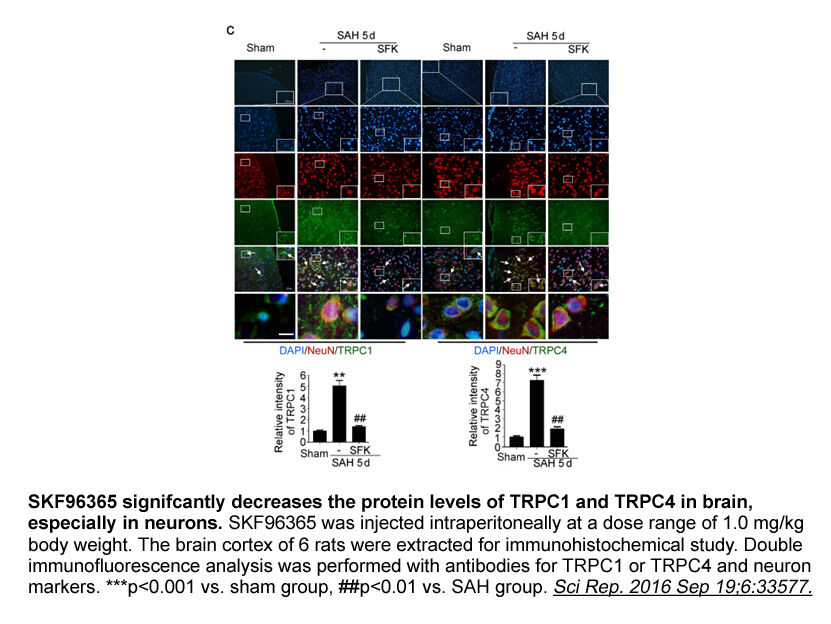
Discussion One binding site, MB327-1 (Fig. 4) is located in the extracellular domain between the γ and α subunits. MB327 adopts an extended conformation in the MB327-1 site and is oriented parallel to the channel. The second putative binding site, MB327-2 (Fig. 4) is situated deep inside the chan
-
During the year study period of men in the dutasteride
2023-08-16
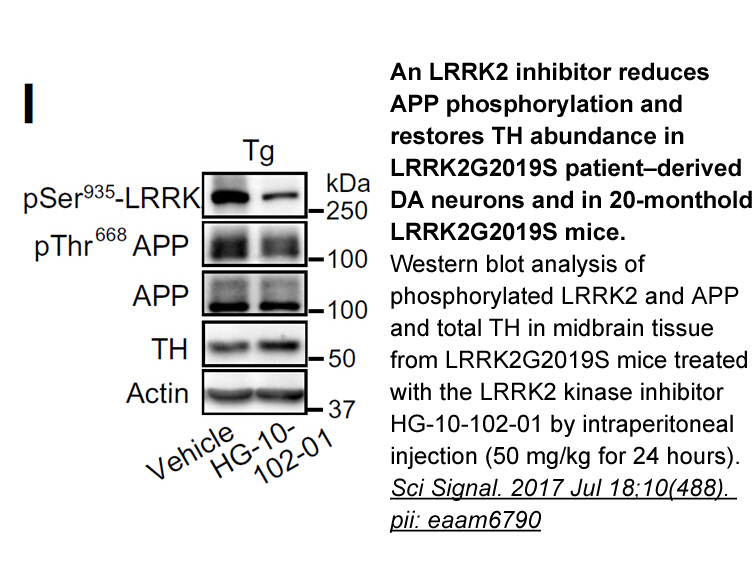
During the 4-year study period, 19.9% of men in the dutasteride group developed prostate cancer as compared to 25.1% in the placebo group, which represents an absolute risk kasugamycin of 5.1% for men taking dutasteride (Pe weighed against the prospect of undesirable sexual side effects and decreas
-
Regarding androgens it is known
2023-08-16
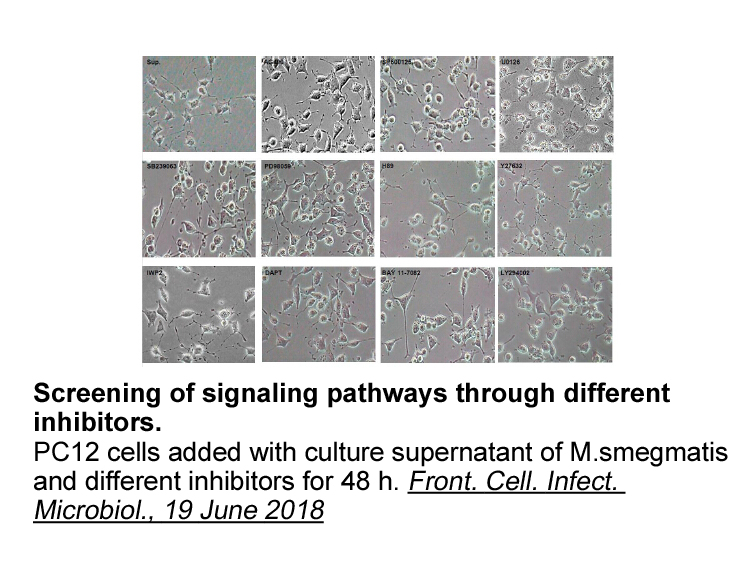
Regarding androgens, it is known that they are also essential for reproductive success (Walters et al., 2010). At the molecular level, their effects are produced mainly by dihydrotestosterone (DHT), arising from the conversion of testosterone by the enzyme 3-oxo-5-alpha-steroid-4-dehydrogenase (enco
15877 records 296/1059 page Previous Next First page 上5页 296297298299300 下5页 Last page